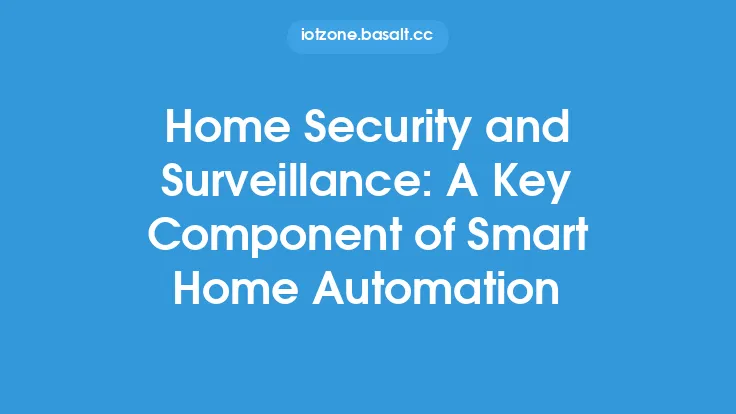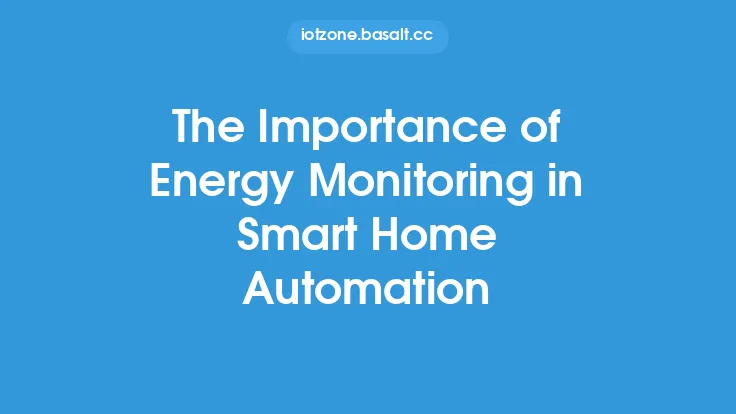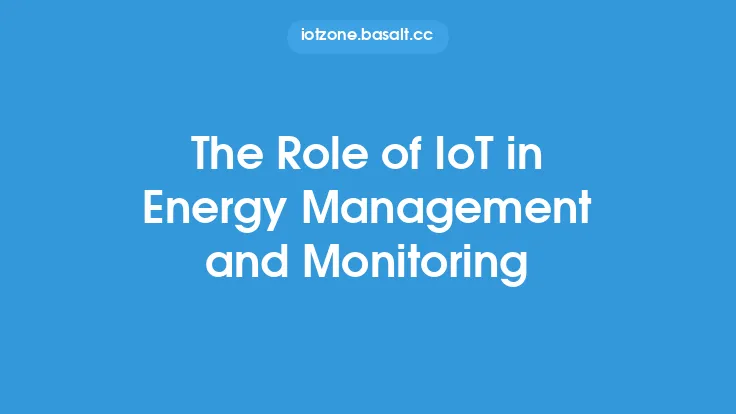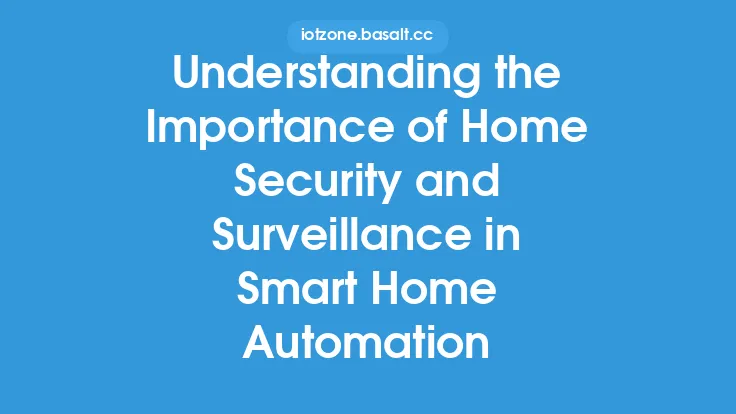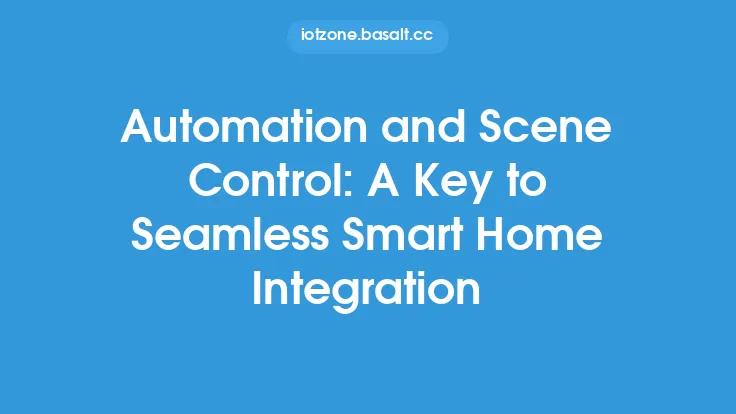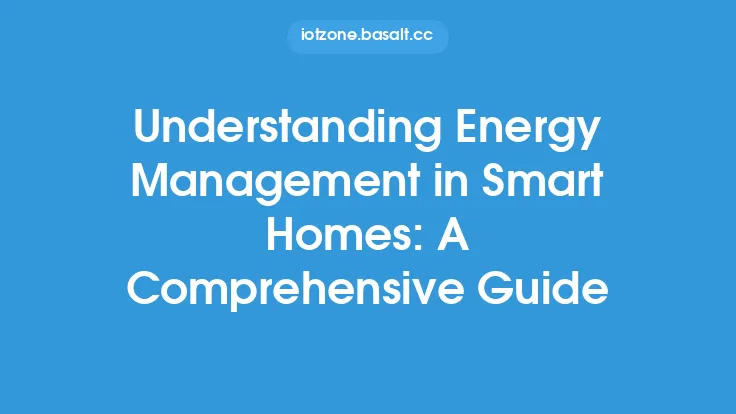The concept of smart home automation has revolutionized the way we live and interact with our living spaces. One of the key aspects of this technology is energy management and monitoring, which enables homeowners to optimize their energy consumption, reduce waste, and save on utility bills. At its core, energy management and monitoring involve the use of advanced technologies to track, control, and optimize energy usage in real-time. This is achieved through the integration of various devices, sensors, and systems that work together to provide a comprehensive view of energy consumption patterns.
Introduction to Energy Management Systems
Energy management systems (EMS) are the backbone of energy management and monitoring in smart homes. These systems use advanced algorithms and data analytics to track energy usage, identify areas of inefficiency, and provide recommendations for improvement. EMS typically consist of a combination of hardware and software components, including sensors, meters, and control devices. These components work together to collect data on energy usage, which is then analyzed and used to optimize energy consumption. Some common features of EMS include real-time monitoring, automated control, and data analytics.
Components of Energy Management and Monitoring Systems
Energy management and monitoring systems typically consist of several key components, including sensors, meters, and control devices. Sensors are used to collect data on energy usage, temperature, humidity, and other environmental factors. Meters are used to measure energy consumption, and control devices are used to regulate energy usage. Some common types of sensors used in energy management and monitoring systems include temperature sensors, humidity sensors, and occupancy sensors. These sensors provide valuable data that can be used to optimize energy consumption and improve overall energy efficiency.
Communication Protocols and Standards
Energy management and monitoring systems rely on communication protocols and standards to enable the exchange of data between devices and systems. Some common communication protocols used in energy management and monitoring include Zigbee, Z-Wave, and Bluetooth. These protocols enable devices to communicate with each other and with the EMS, allowing for real-time monitoring and control. Standards such as IEEE 802.15.4 and IEEE 1901.2 provide a framework for the development of energy management and monitoring systems, ensuring interoperability and compatibility between devices and systems.
Data Analytics and Visualization
Data analytics and visualization play a critical role in energy management and monitoring. Advanced algorithms and data analytics are used to analyze energy usage patterns, identify areas of inefficiency, and provide recommendations for improvement. Data visualization tools are used to present complex data in a clear and concise manner, making it easier for homeowners to understand their energy usage patterns. Some common data analytics techniques used in energy management and monitoring include regression analysis, time-series analysis, and machine learning.
Benefits of Energy Management and Monitoring
The benefits of energy management and monitoring are numerous. Some of the most significant advantages include reduced energy consumption, lower utility bills, and improved energy efficiency. Energy management and monitoring systems can also help to extend the lifespan of equipment and appliances, reduce maintenance costs, and improve overall system reliability. Additionally, energy management and monitoring can help to reduce greenhouse gas emissions, contributing to a more sustainable and environmentally friendly living space.
Implementation and Integration
Implementing and integrating energy management and monitoring systems can be complex, requiring careful planning and consideration. Homeowners should work with qualified professionals to design and install an EMS that meets their specific needs and requirements. This may involve conducting an energy audit, assessing energy usage patterns, and selecting the most suitable devices and systems. Integration with existing systems, such as HVAC and lighting systems, is also critical to ensure seamless operation and optimal energy efficiency.
Security and Privacy Considerations
Security and privacy are critical considerations in energy management and monitoring. Homeowners should ensure that their EMS is secure and protected from unauthorized access, using techniques such as encryption and secure authentication. Additionally, homeowners should be aware of the potential risks associated with data collection and storage, taking steps to protect their personal data and maintain their privacy. This may involve working with reputable manufacturers and service providers, as well as implementing robust security measures, such as firewalls and intrusion detection systems.
Conclusion
Energy management and monitoring are essential components of smart home automation, enabling homeowners to optimize their energy consumption, reduce waste, and save on utility bills. By understanding the key aspects of energy management and monitoring, including EMS, components, communication protocols, data analytics, and benefits, homeowners can make informed decisions about their energy usage and take steps to create a more sustainable and environmentally friendly living space. As technology continues to evolve, we can expect to see even more innovative solutions for energy management and monitoring, further enhancing the benefits and capabilities of smart home automation.
